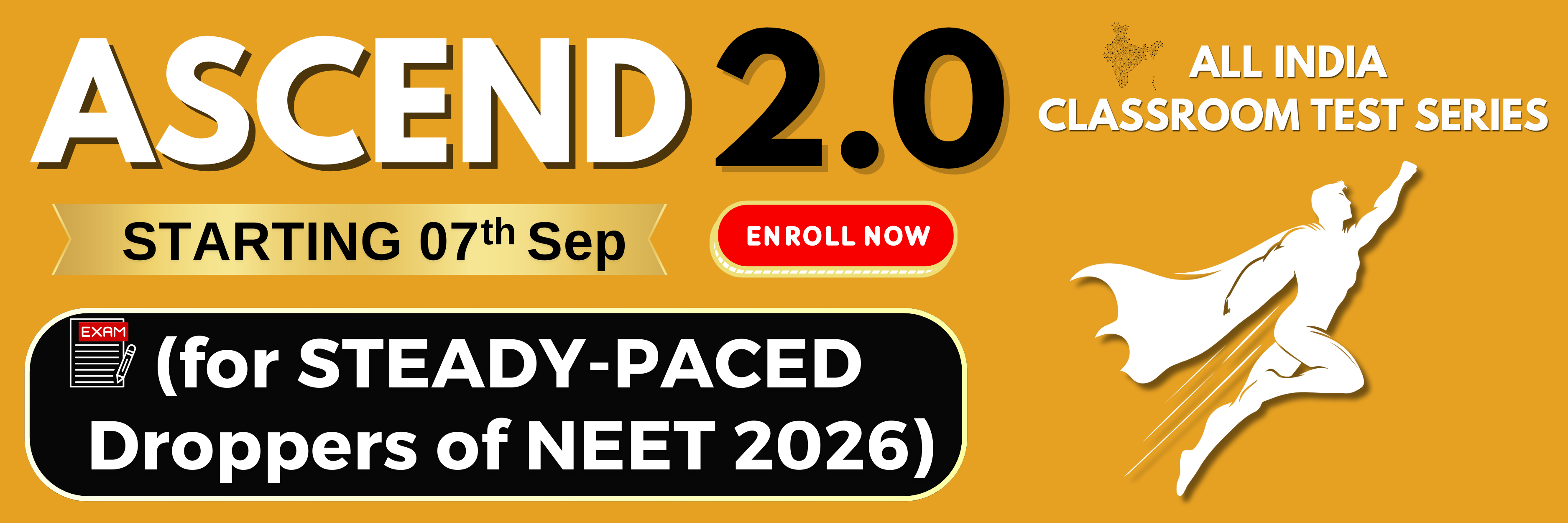These are the events of hearing mechanism. Arrange them in order.
a. Impulse transmission by afferent fibres via auditory nerves to the auditory cortex of the brain
b. Analysis of impulses
c. Recognition of sound
d. Passing of vibrations through oval window on to the fluid of cochlea
e. Induction of ripple in Basilar membrane
f. Receiving of sound waves and directing them to ear drum
g. Transmission of vibration through ear ossicles to oval window
h. Vibration of ear drum in response to sound waves
i. Generation of waves in the lymph of cochlea
j. Basilar membrane moves
k. Bending of hair cell
l. Impulses are generated in the associated afferent neuron
m. Pressing of hair against the Tectorial membrane
1. f-h-g-e-j-k-d-i-c-b-a-l-m
2. f-i-e-h-g-d-j-m-k-l-a-b-c
3. f-d-h-g-i-j-e-k-m-l-a-c-b
4. f-h-g-d-i-e-j-k-m-l-a-b-c
a. Impulse transmission by afferent fibres via auditory nerves to the auditory cortex of the brain
b. Analysis of impulses
c. Recognition of sound
d. Passing of vibrations through oval window on to the fluid of cochlea
e. Induction of ripple in Basilar membrane
f. Receiving of sound waves and directing them to ear drum
g. Transmission of vibration through ear ossicles to oval window
h. Vibration of ear drum in response to sound waves
i. Generation of waves in the lymph of cochlea
j. Basilar membrane moves
k. Bending of hair cell
l. Impulses are generated in the associated afferent neuron
m. Pressing of hair against the Tectorial membrane
1. f-h-g-e-j-k-d-i-c-b-a-l-m
2. f-i-e-h-g-d-j-m-k-l-a-b-c
3. f-d-h-g-i-j-e-k-m-l-a-c-b
4. f-h-g-d-i-e-j-k-m-l-a-b-c
From ear drum, the vibrations are transmitted through ……. to the …
(1) Ear ossicles, round window
(2) Ear ossicles, oval window
(3) Meatus, round window
(4) Meatus, oval window
Which of the following is correct order for transmission of sound waves in human ear?
(1) Ear drum- ear ossicles- round window
(2) Ear meatus- ear ossicles- ear drum
(3) Ear ossicles- oval window- cochlea
(4) Ear drum- ear meatus- oval window
Which of the following is true for basilar membrane?
(1) Waves in the lymph induce a ripple in basilar membrane
(2) Basilar membrane moves and presses hair against the tectorial membrane.
(3) Transmission of auditory information to the auditory cortex
(4) Both A and B
The impulses of sound waves are analysed and recognised in which area of brain?
(1) Auditory medulla
(2) Auditory cortex
(3) Auditory fissure
(4) Auditory ridges
The ripple in basilar membrane is actually induced by
(1) Waves in the lymph
(2) Waves in the ear drum
(3) Waves in the meatus
(4) Waves in the oval window
The impulses of sound wave are transmitted by …. In the auditory cortex of the brain.
(1) Afferent Fibres via auditory nerves
(2) Efferent Fibres via auditory nerves
(3) Association fibres via auditory nerve
(4) Both A and C
Match each item in Column I with one item in Column II and chose your answer from the codes given below:
Column I Column II
I. Influx of sodium 1. Original establisnment of RMP
II. Efflux of potassium 2. Repolarization
III. pump 3. Depolarization
IV. 4. Plateau in cardiac muscles
Codes:
I II III IV
A. 3 2 4 1
B. 2 1 4 3
C. 2 1 3 4
D. 3 2 1 4
Match each item in Column I with one item in Column II and chose your answer from the codes given below:
Column I Column II
I. Diencephalon 1. Thalamus and Hypothalamus
II. Telencephalon 2. Cerebral cortex
III. Myelencephalon 3. Medulla oblongata
IV. Metencephalon 4. Pons and Cerebellum
Codes:
I II III IV
A. 1 2 3 4
B. 2 1 4 3
C. 2 1 3 4
D. 1 2 4 3
Match each item in Column I with one item in Column II and chose your answer from the codes given below:
Column I Column II
(structure) (function)
I. Corpus striatum 1. Aggression and remembering fear
II. Amygdala 2. Planning and execution of stereotyped movements
III. Hippocampus 3. Sexual arousal
IV. Septum 4. Memory
Codes:
I II III IV
A. 1 2 3 4
B. 2 1 4 3
C. 2 1 3 4
D. 1 2 4 3






